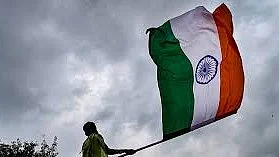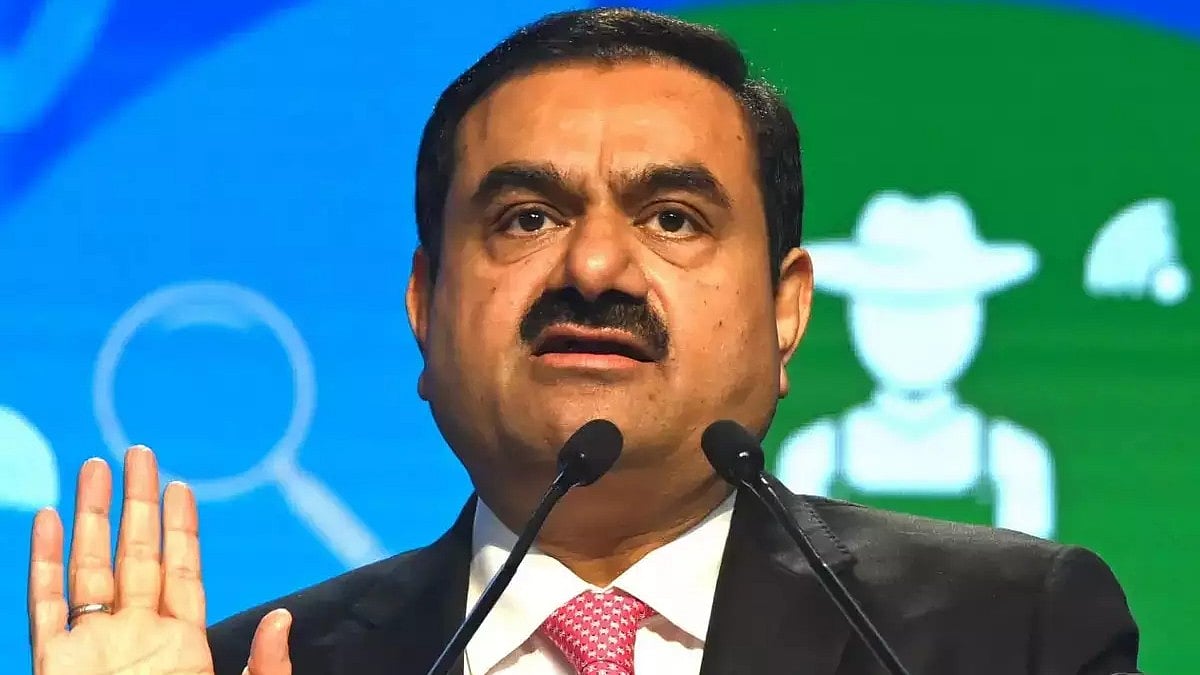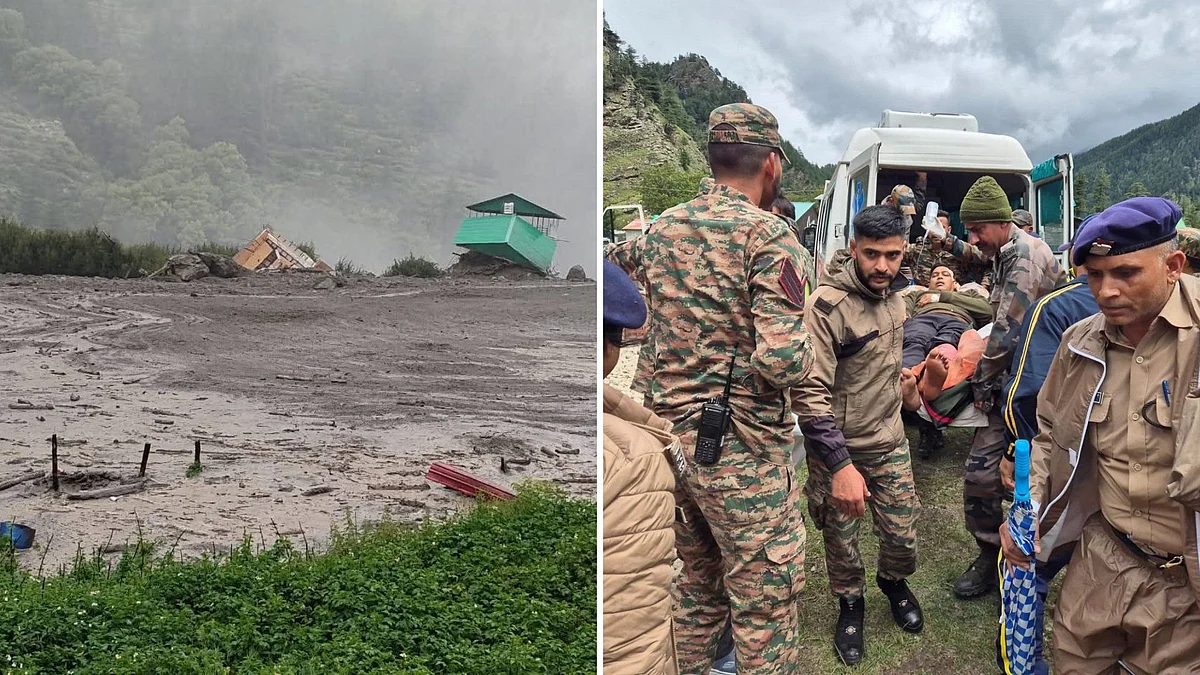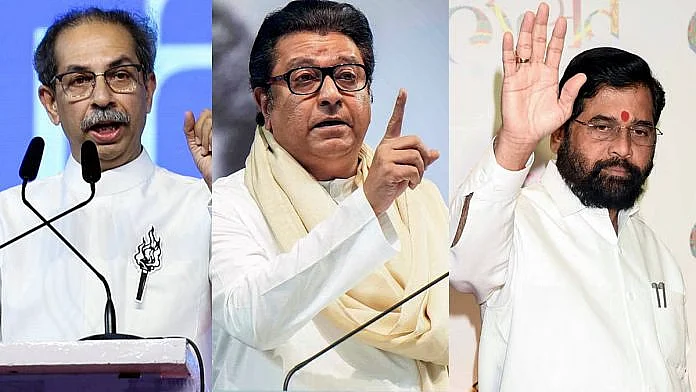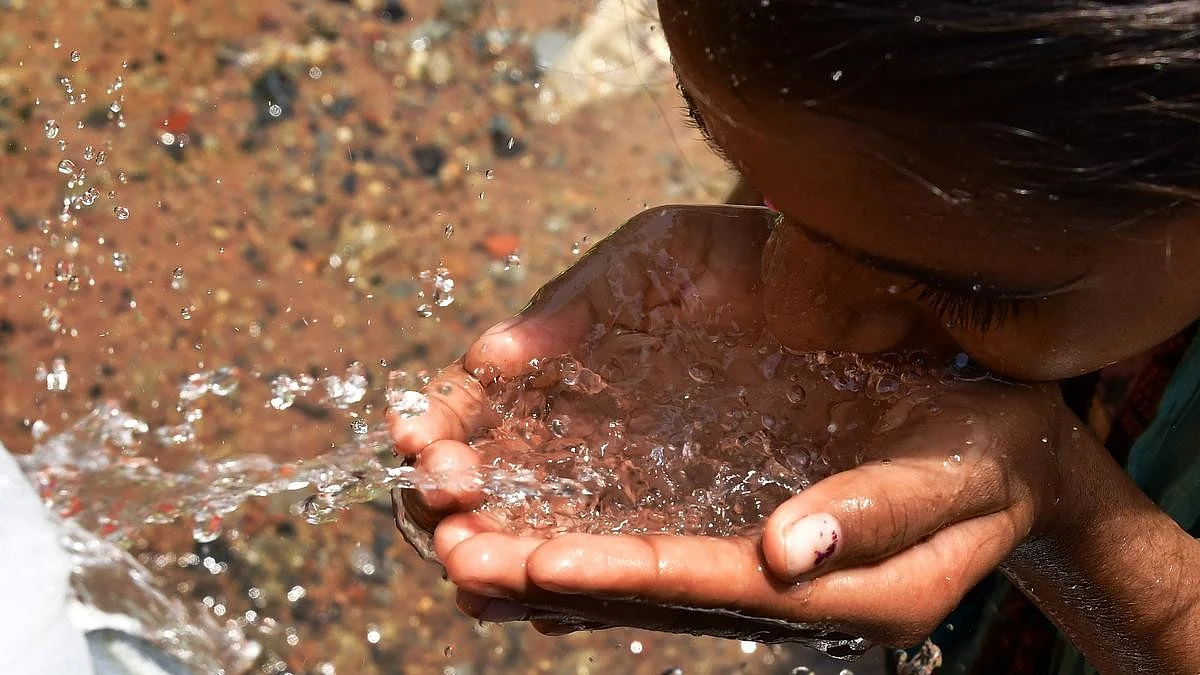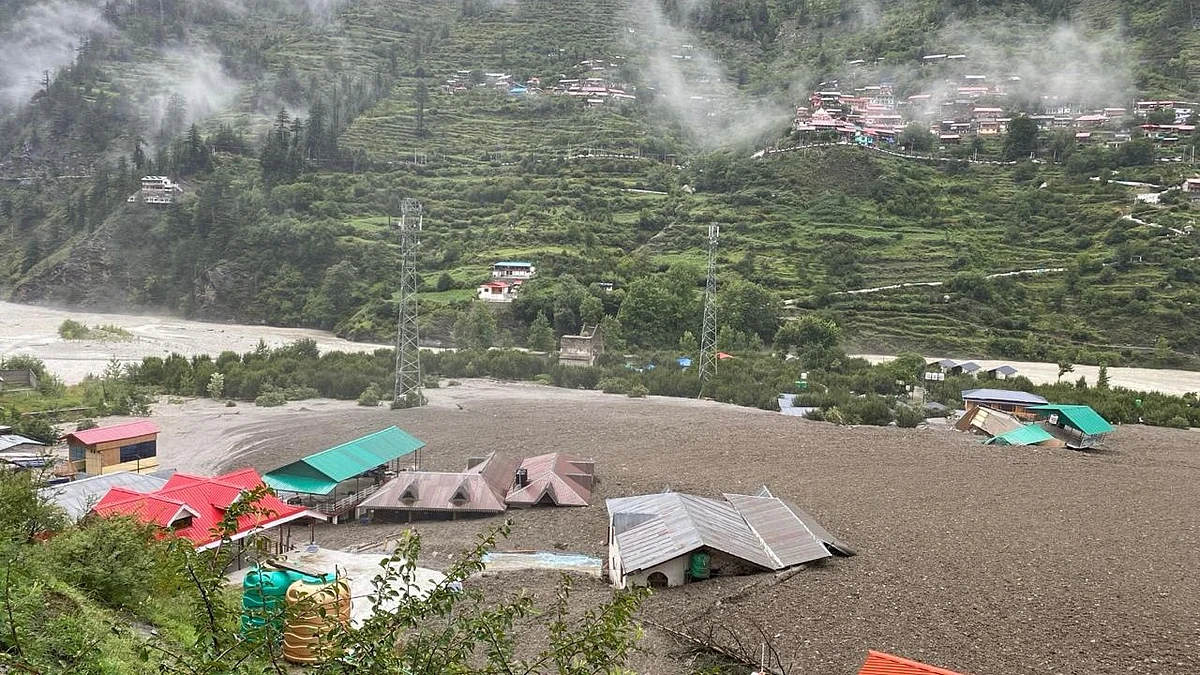Manipur has been a rising inferno since May 3, seemingly resulting from the clashes between the Kuki community living in the hills and the dominant Meitei community residing in the lowlands, over resentment around the economic benefits, quotas in government jobs and education to the hill tribes. The streets of Imphal and many other districts of Manipur are dotted with riotous mobs combating rapid action forces, barricaded by flaming roadblocks. Locals say that life and property can be destroyed anytime by anyone, like in Libya, Lebanon, Nigeria or Syria. It all began after a “Tribal Solidarity March” was organised in the hill districts to protest against the Meitei community’s demand for Scheduled Tribe (ST) status. This certainly was the immediate trigger, but in reality ruling dispensations have weaponised the ethnicities for their vested interests and rooted deep within has been a stark divide between the hill and the valley — be it land, cultivation, property rights etc.

Why have the governments in power failed Manipur? For this we need to go into the history of the inception of the state and its formation. Maharaja Budhachandra was summoned to Shillong, to merge the kingdom into the Union of India. He is believed to have signed the merger agreement under duress. Thereafter, the legislative assembly was dissolved and in October 1949 Manipur became part of India. It was made a Union Territory in 1956. Manipur became a part of mainland India but the citizens of the stateremained estranged and detached, and this sense of alienation persisted even after Manipur acquired statehood in 1972. Manipur is a state with too many complexities to handle. It shares more than 350 kilometres of international border in the East with Myanmar, Nagaland in the North and Assam in the South. These borders are porous, hence the influx of immigrants is a major issue and has been to the discomfort of the local population comprising 53% Meiteis, followed by Nagas at 24%, and various Kuki/ Zo tribes comprising 16% of the population. These various ethnicities have begun to assert their rights like in matters of land, cultivation, jobs, education etc. Ruling governments have done little to assuage the anxieties of these ethnic groups; rather, they have tried to weaponise them as vote banks, arming them and using them against one another.
Another reason for the simmering discontent has been the unnatural growth in the number of villages and settlements in some parts of Manipur. For example, according to stategovernment data, in 1969, there were 587 villages in the Imphal valley, which is dominated by the non-tribal Meiteis. That dropped to 544 villages in 2021. On the other hand, in the hill districts — which are inhabited mostly by 34 Scheduled Tribes including the Kukis and the Nagas — there were 1,370 settlements and villages in 1969. By 2021, however, this had shot up to 2,244 villages.

Hence rapid urbanisation of the valley has led to a demographic change, and the governments blame the influx of the people crossing over from Myanmar after the military junta took over the reins in 2021.
The current wave of tension between Kukis and Meiteis, many say, lies in the actions taken by the government against illegal poppy cultivation since 2017 in the hill districts. According to data from the state’s special anti-drugs unit Narcotics and Affairs of Border (NAB), the scale of poppy cultivation has spread across 15,400 acres of land in the hills between 2017 to 2023. Therefore, this violence could be linked to the war on drugs which get smuggled through the Golden Triangle. Sadly, many from the political fraternity cutting across party lines seem to be running the drug syndicate and that’s the reason the central and state governments have been unable to stem the rot. Enveloping these striking realities is the ever-increasing gun culture in the state, where again vested interests of politicians domestically and internationally rule the roost. Since the days of insurgency, men and also women have been seeking gun licences in the name of self-protection. After the May 3 conflict, a government official on condition of anonymity said, these have gone up. “Usually, the average application for gun licences we receive in a month is not more than 50. Since the incident, we have received at least 300.”
Home Minister Amit Shah camped for few days in Imphal and tried to explore a militaristic solution to the crisis; he failed miserably and the situation went out of hand to the extent that houses of BJP leaders and ministers were gutted, turning the state into a war zone where the war is fought at two levels — one on the ground between ethnic groups and Army, police and Rapid Action Force and the other in virtual space making matters worse with communalisation of the narrative, name-calling between communities, villainising one another by spewing venom. This has led to a deep sense of mistrust amongst the locals. There is complete lack of a proper approach, absence of a coherent policy or a dialogue process; there is a vacuum on how to tackle the geopolitical pressures arising out of this situation. Both centre and state have failed Manipur and its people, and as has been rightly said by a retired Army general, Manipur is stateless. Why the prime minister is silent is anybody’s guess, but this continued silence could have an inauspicious fallout for the BJP which has been chest-thumping about its “act east” policy, linking the Northeast with mainstream India.
Neelu Vyas is a senior television anchor and consulting editor with Satya Hindi


